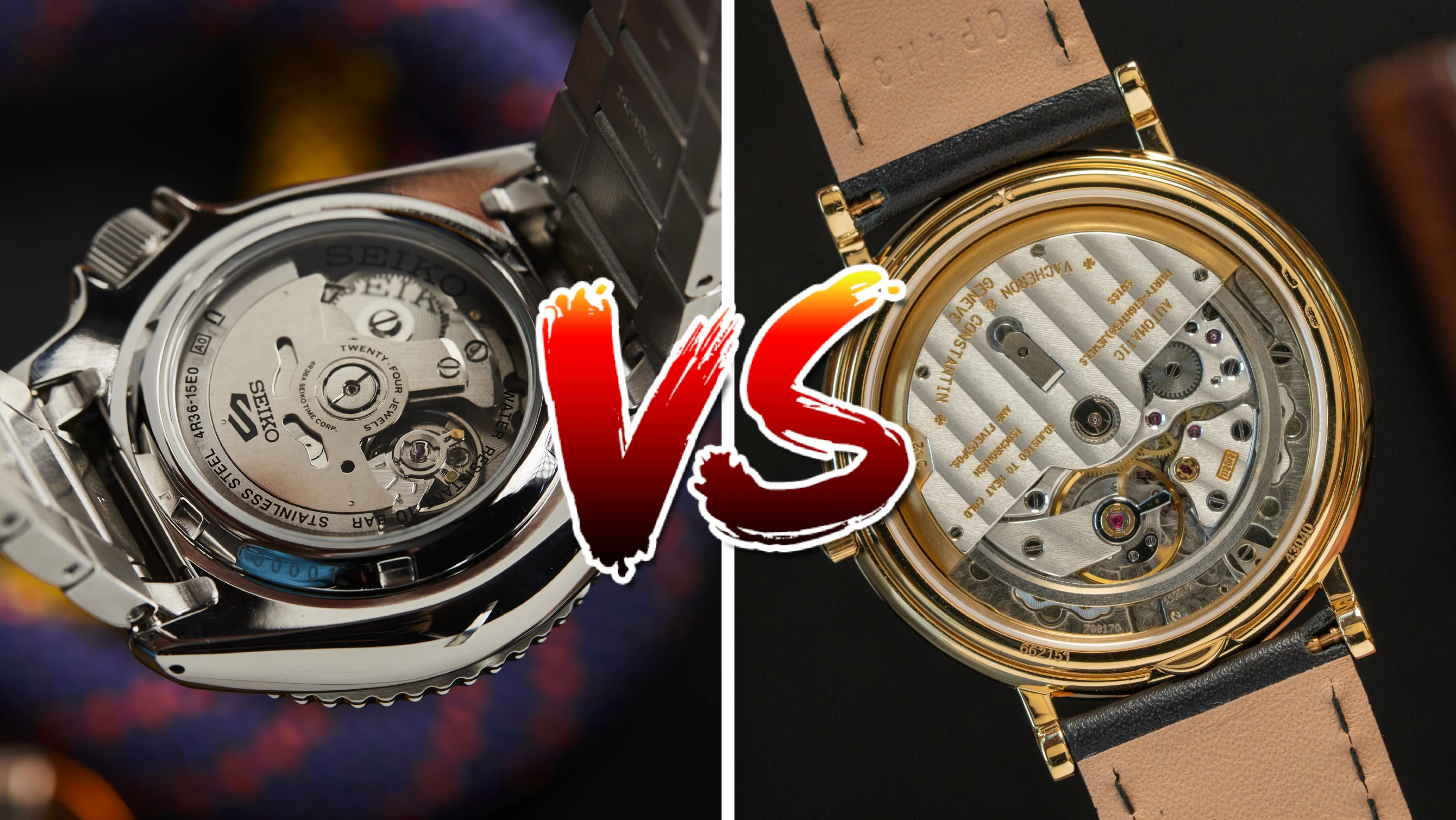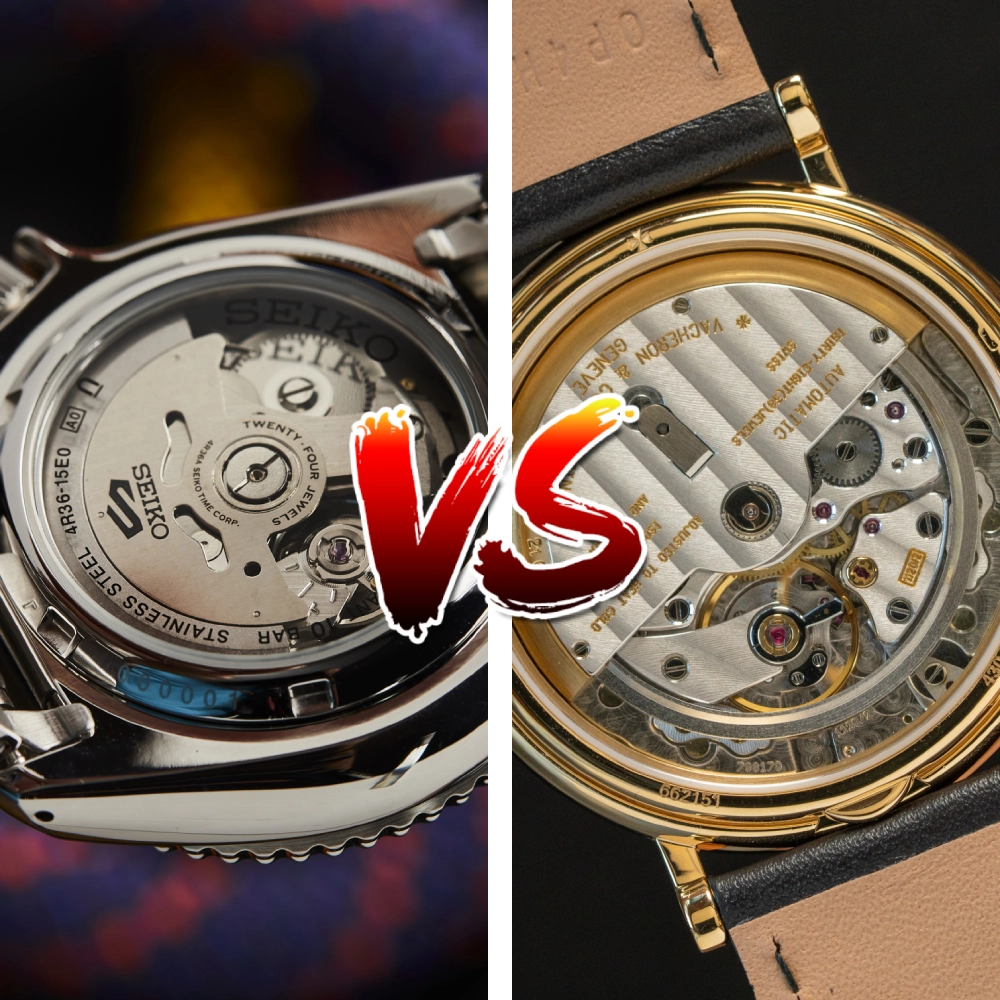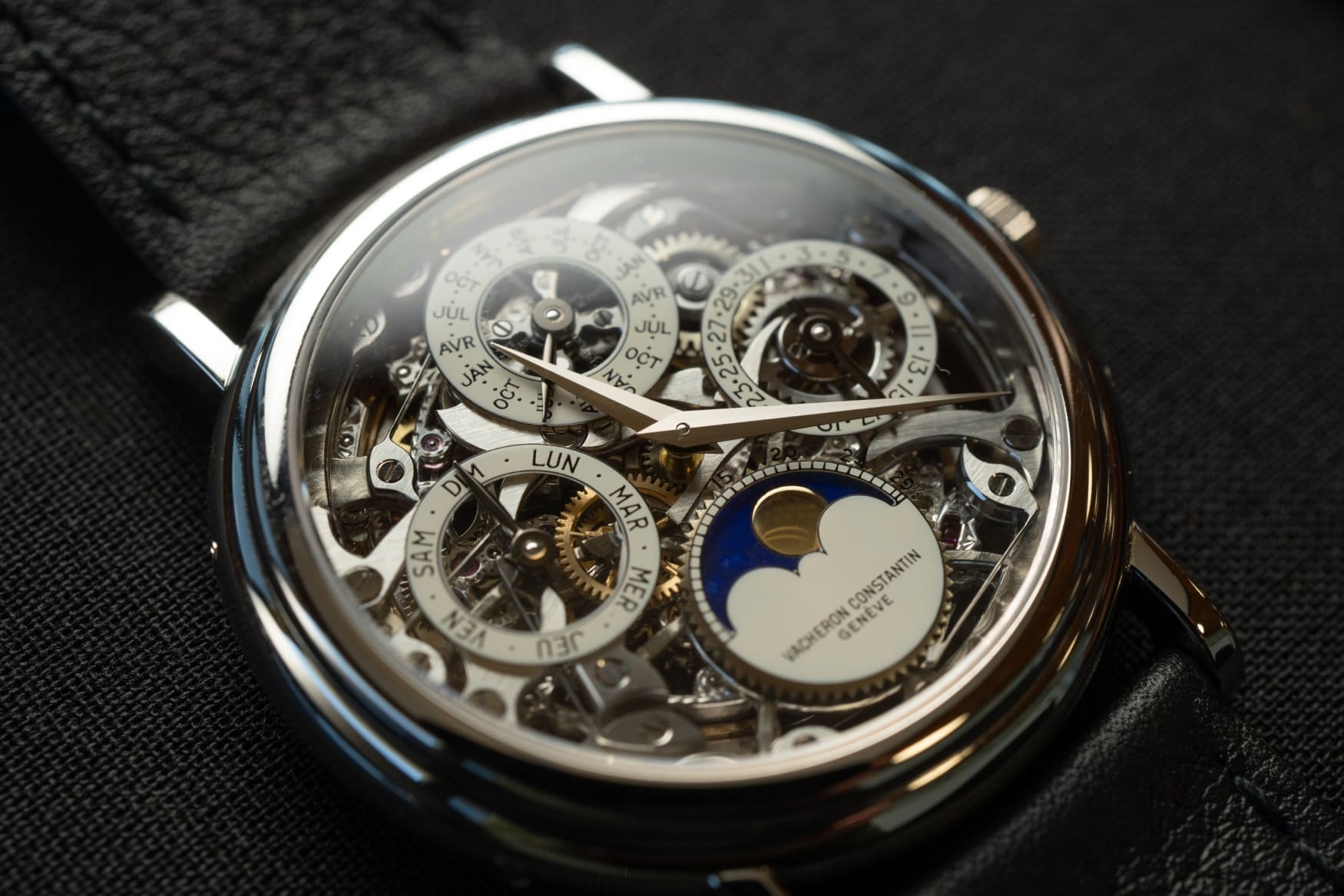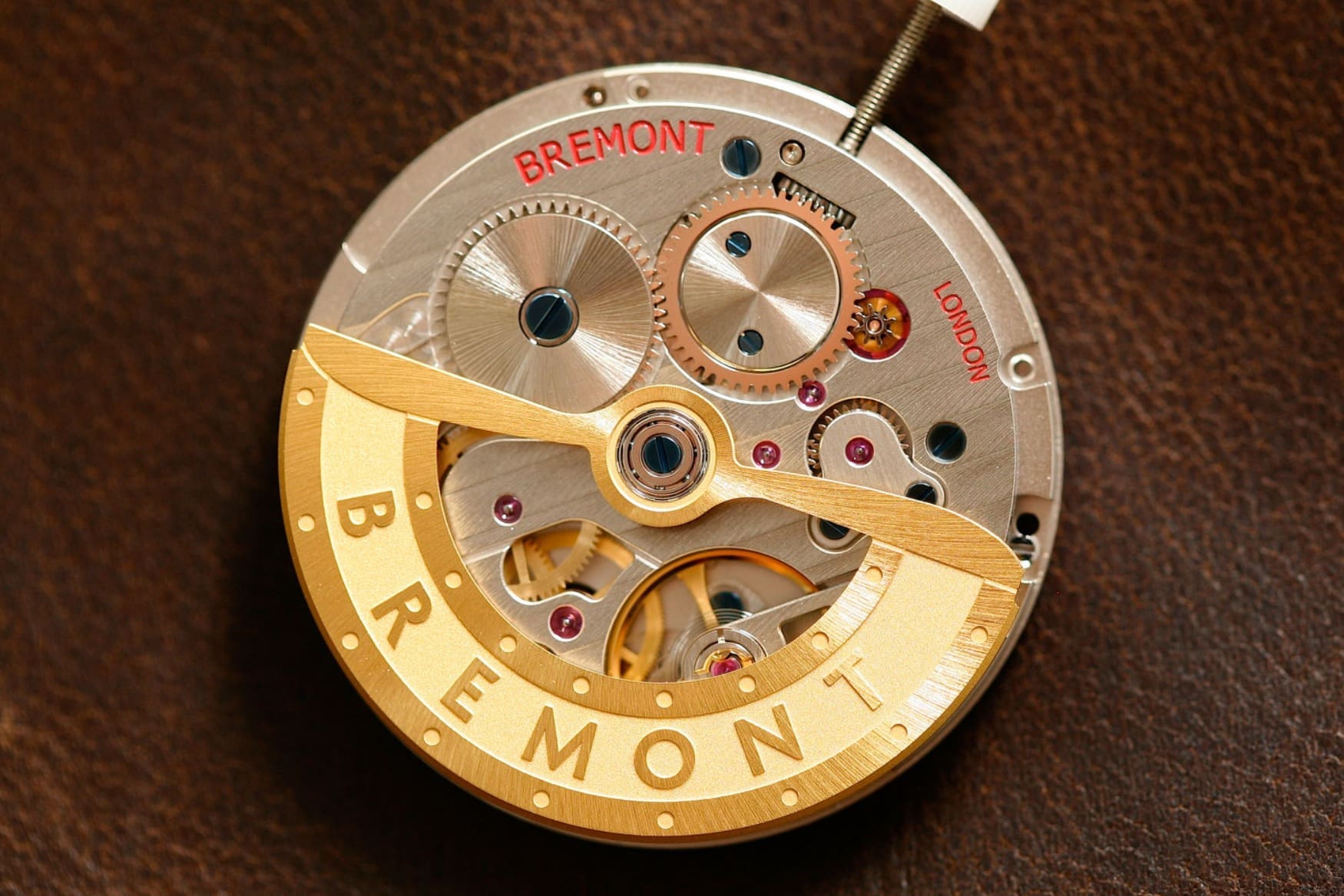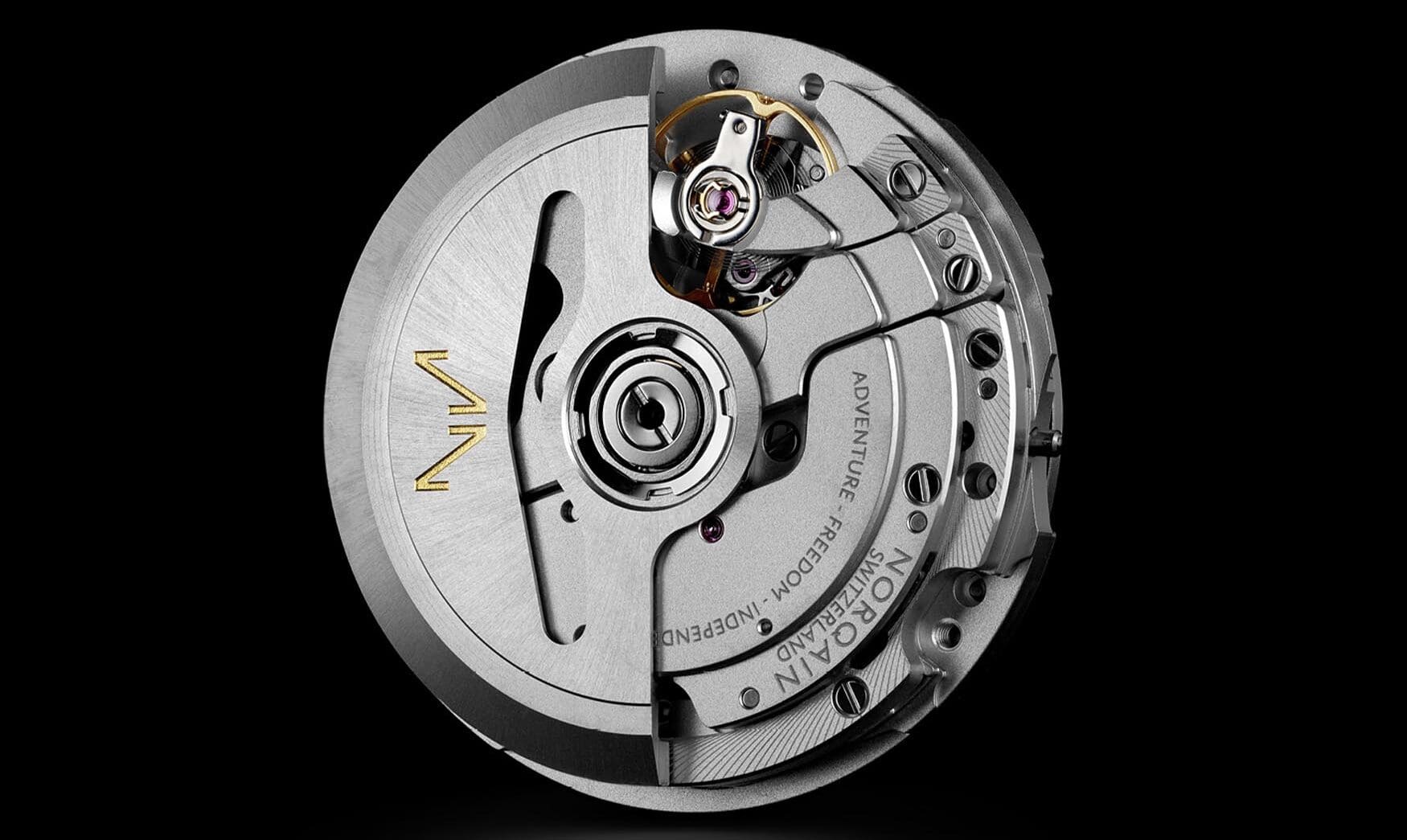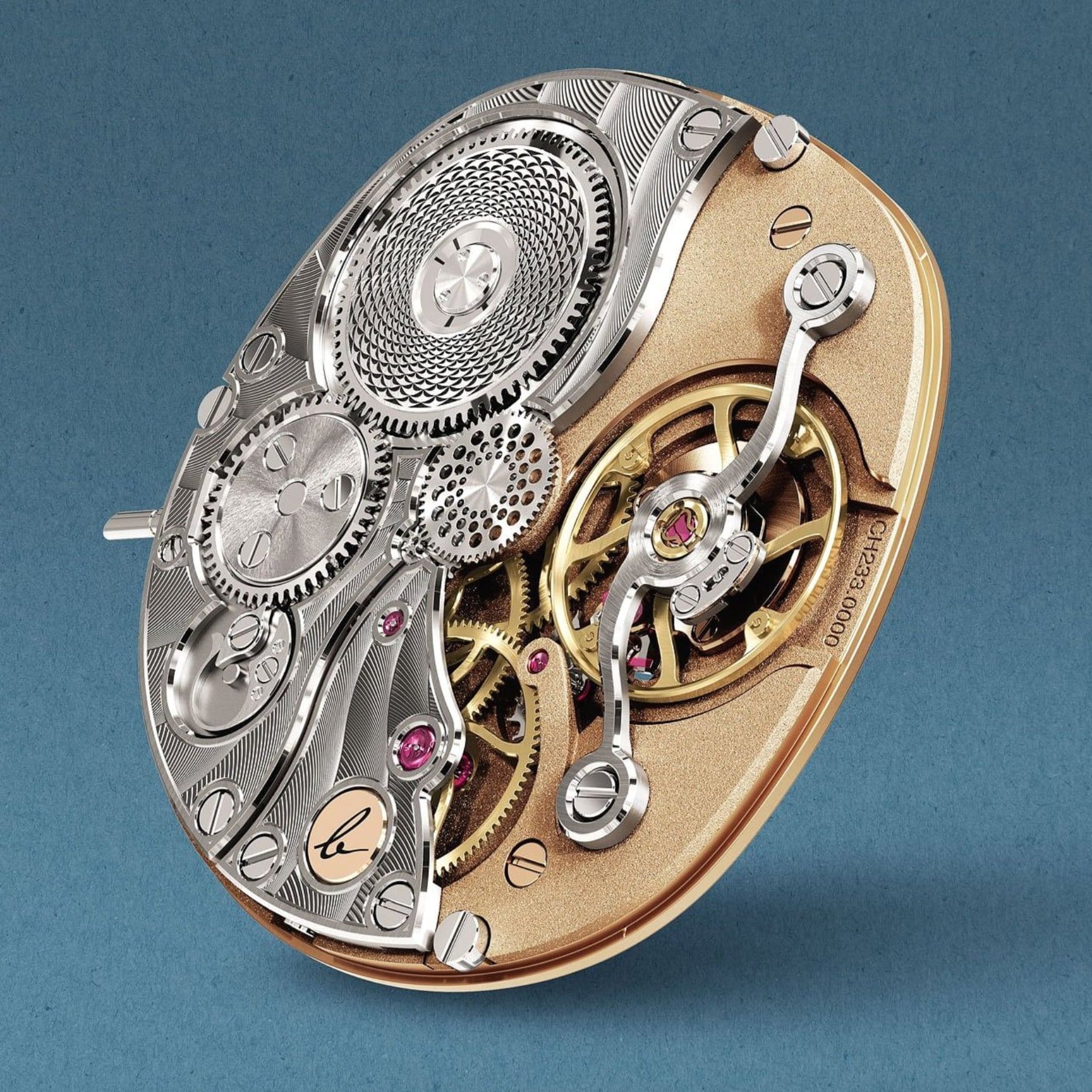Why the emphasis on in-house needs to end
Borna BošnjakIf you pick up any random press release these days, chances are high that you’ll come across the brand waxing lyrical about their in-house, or more often, “manufacture”, calibres. So, a brand went to the trouble of creating a bespoke movement for their watches, one that exactly fits the case specifications that they wanted to meet, while delivering the necessary performance for its category. That’s great! Except, that’s often not the full extent of the story, and the term has become a marketing term as much as an actual display of manufacturing prowess, allowing them to charge a higher price thanks to the implied guarantee of superior quality. I, for one, am not here for it.
Having said all of this, I’m not here to argue against in-house movements. They certainly have their place in the watchmaking world, though the real issue I take with it is how much importance seems to be placed on having an in-house movement. In the history of watchmaking, all the way up to today, there are numerous examples of why they aren’t as important as many seem to think nowadays. This only ends up having an adverse effect on the consumers, as brands look to do all they can to meet demand.
It doesn’t guarantee quality
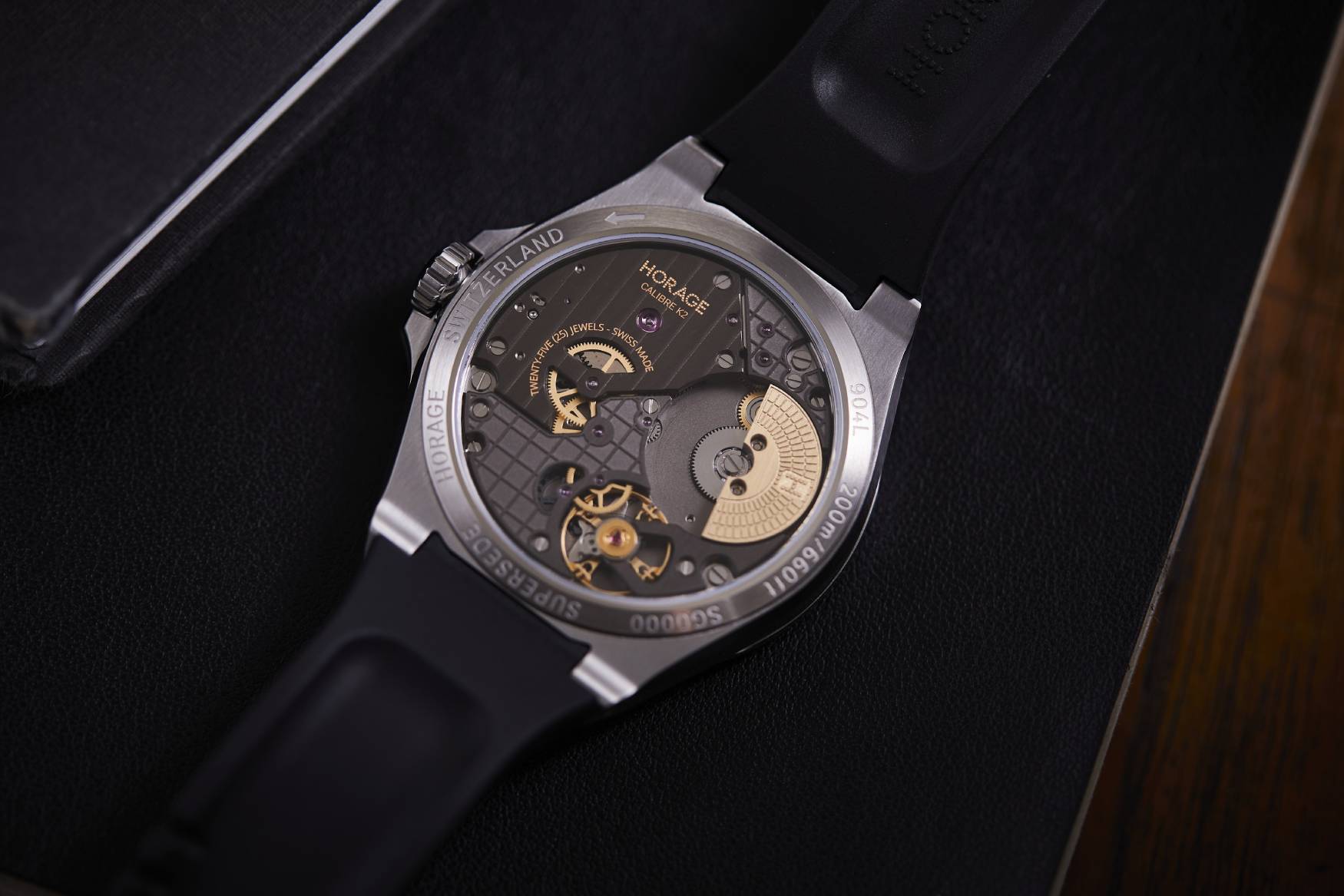
First of all, let’s set some ground rules here, because the term “in-house” can be interpreted as a lot of things. When I refer to an in-house movement, I’m talking about a brand like Seiko or Rolex, basically making everything from start to finish. Developing a truly in-house movement is an extremely costly endeavour, and is simply not an option for most brands out there. There’s a good reason why you don’t see a new microbrand come out of the gates hot with a new in-house movement – and that’s not a bad thing. Focusing so heavily on in-house production while trying to attain a (relatively) price point that most micros aspire towards means that corners have to be cut somewhere. I don’t know about you, but I’d much rather have a proven movement like a Miyota 9000 or ETA 2824 than some unproven calibre.
With a manufacturer that wanted to make an in-house movement as affordably as possible, that may be an even bigger issue, leading to unreliable performance and servicing outside of the regularly expected intervals. And that’s before I even mention servicing costs. Where are you going to get parts for a proprietary movement that’s made in the hundreds each year, save for sending it back to the microbrand? And what happens in 10 years time when the microbrand may no longer be around?
History would beg to differ
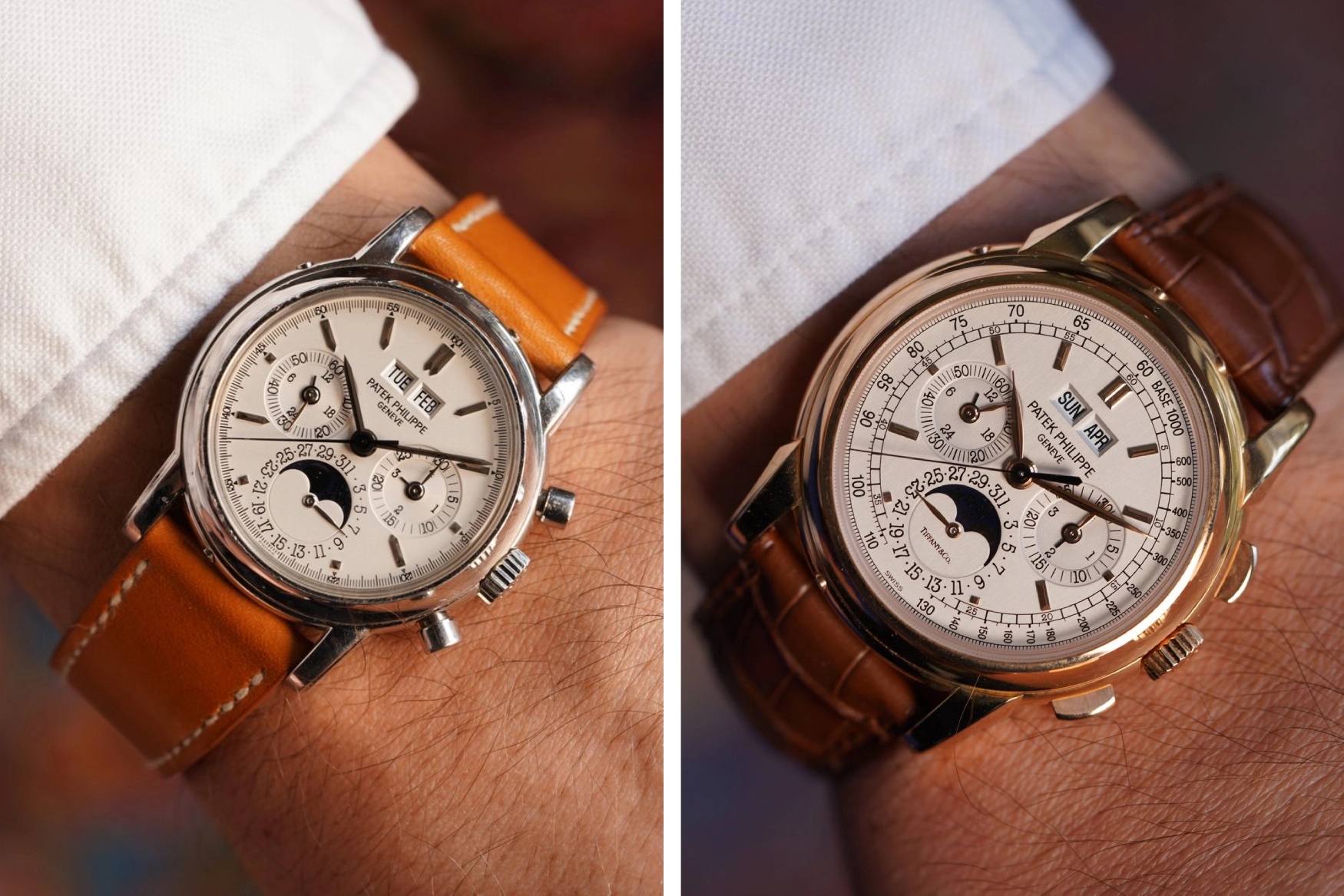
And what better way to prove my point than take a look back at watchmaking history, including some of the most desirable and collectible watches ever made. There are few more deserving of that description that Patek Philippe’s perpetual calendar chronographs, namely references 3970 and 5970. Surely such a paragon of exemplary watchmaking would use their own movements? Nowadays, sure. Back in the day? Not quite. The aforementioned references both use the Lemania CH27, while other iconic models like the 1518 and 2499 used Valjoux ébauches. Same goes for Omega’s famous 321, and Vacheron Constantin even uses an evolution of the CH27 in the modern Cornes de Vache chronograph.
It’d be remiss of me not to mention the Jaeger-LeCoultre 920 – one of the many reasons the watchmaker’s watchmaker got their name. Interestingly, it was never actually used by JLC, but rather produced as a holy trinity-worthy ébauche. It went on to become the base for many complication modules, such as in the above Vacheron Constantin reference 43032, though its arguably greatest contribution was in legendary integrated-bracelet sports watches – the Nautilus, Royal Oak and 222. The 920 remains to this day the thinnest full-rotor automatic movement, and one of the finest movements ever made.
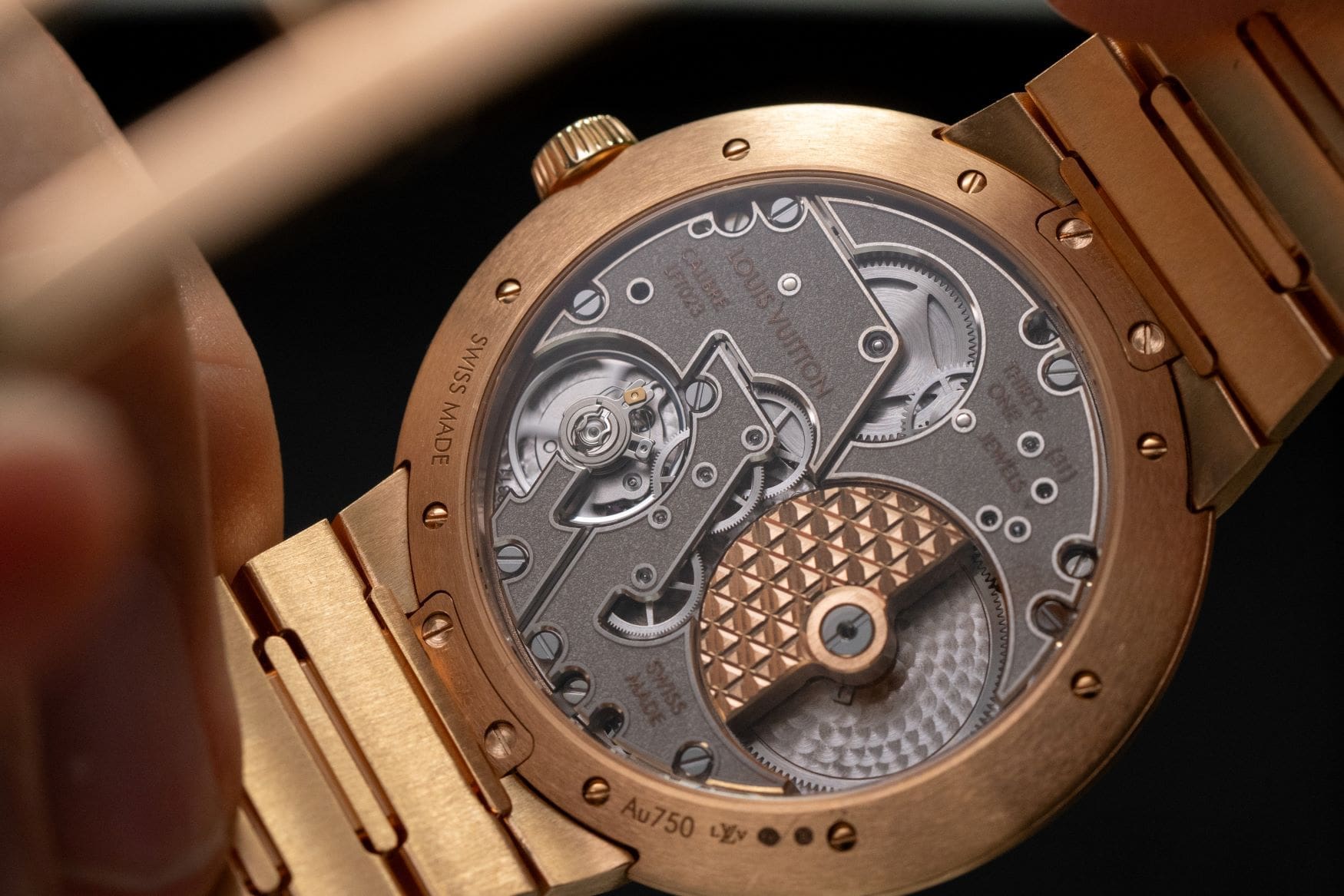
I could go on naming so many examples of non-in-house movements in historically important, desirable watches – I haven’t even mentioned the Zenith Daytona or Frédéric Piguet. This doesn’t mean that the ébauche idea is outdated. Though it may not be used to the same degree today, many manufacturers exist solely to make movements for others. Think of Agenhor (parts 1, 2, and 3 for your reference), Chronode or Le Cercle des Horlogers (supplying Louis Vuitton, Speake-Marin, Biver, Code41, Jacob & Co., Armin Strom…) – all masters of their craft. I don’t see anyone turning up their nose at an Agengraphe or Biver Carillon Tourbillon movement.
When in-house isn’t in-house
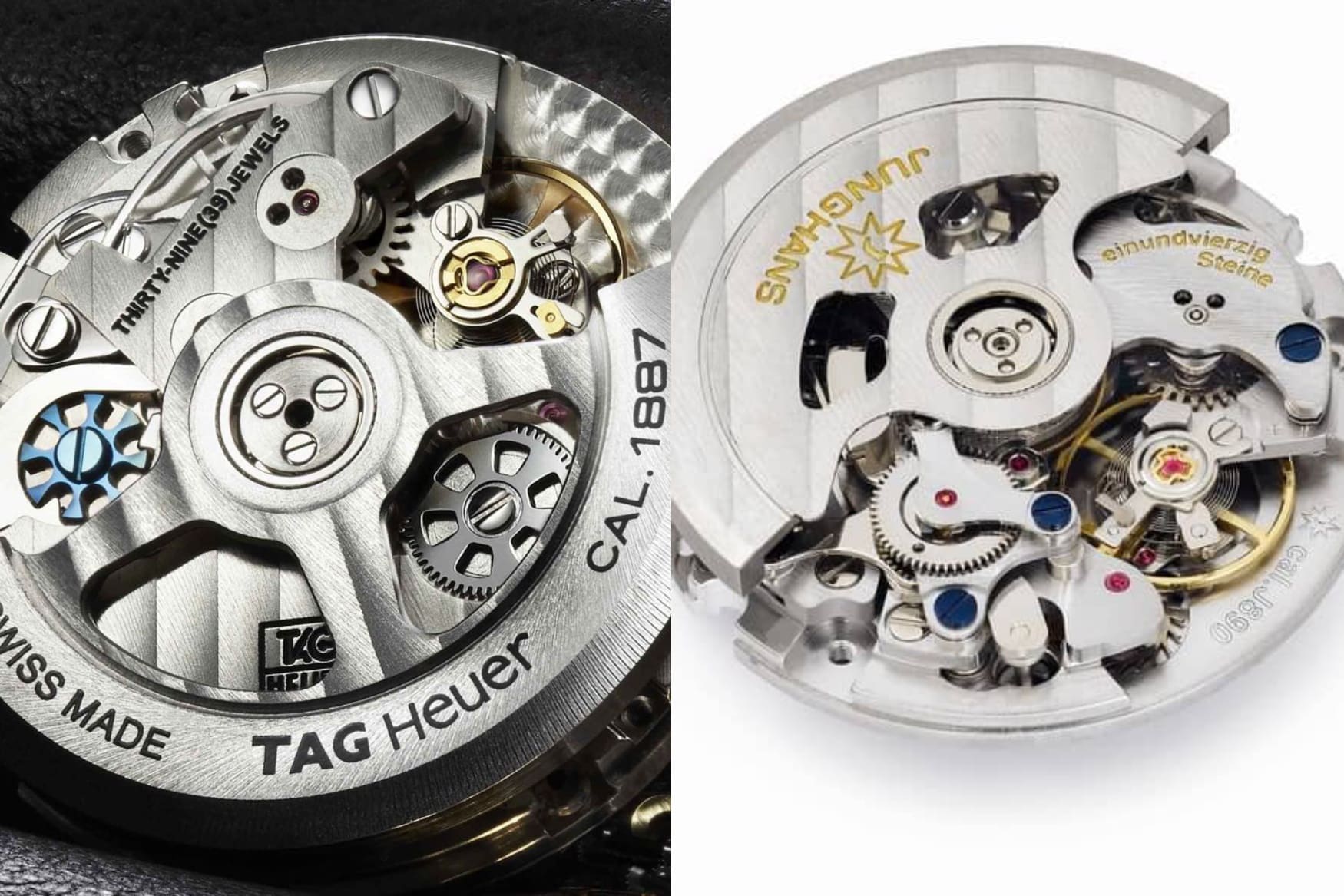
Despite all of this, there is huge pressure for the brands to deliver something exclusive, especially in a time when waiting lists are often the measure of success, and proprietary, in-house movements seem to be one of the ways to do it. This has led to unfortunate circumstances in the past with brands not sufficiently upgrading or modifying base calibres to be able to claim the “in-house” term, even in its loosest sense. TAG Heuer famously purchased intellectual rights to a Seiko chronograph movement, before modifying it for their purposes, though failed to disclose where the original architecture stemmed from.
Bremont was in a similar boat with the launch of the Wright Flyer, when it quickly became clear that the movement in question is actually of La Joux-Perret origin. Their current manufacturing efforts are also focused on an existing movement, having acquired rights to THE Plus’ (Horage’s parent company) K1 movement, though have gone to considerable efforts to re-engineer it themselves, including a new bridge layout.
These are just some examples of the many ways “in-house” or “manufacture” movements can be marketed, but that do not paint the whole picture (lest we forget ETA chronos being passed off as in-house), though it does prove, if anything, how challenging it must be to design, develop and manufacture a proprietary movement. The most confusing grey area surrounding this whole topic is that of the “in-group” calibre. ValFleurier’s Baumatic, for instance, features in many Richemont Group brands as derivatives of the same base calibre – from Baume & Mercier to IWC and Panerai. Kenissi, the Tudor, Breitling, and Chanel venture, is another good example. The movements that were used in Tudor’s market-marauding Black Bay line-up also feature in watches by Breitling, TAG Heuer, Norqain, Chanel, Fortis, and, lately, Bell & Ross too. When visiting most of these brand websites, it’s not easy to find information about the manufacturer, rather saying that they’re “manufacture” movements.
What does it even mean these days?
The term “manufacture movement” has become a total buzzword, and could mean so many things. Is it actually produced by the brand’s own workshops? Does the brand buy a semi-complete movement and then assembles it? Is the movement made by a third party exclusively for the brand in question? Or, is it made by an “in-group” manufacture the likes of ValFleurier, ETA or La Fabrique du Temps? Who knows. It could be a combination of any or none of these – and it’s completely unnecessary and utterly confusing, especially to a novice.
Like I said before – truly in-house movements have many benefits. The brands are free to make them to the exact specifications required for their needs, with no strings attached to outside factors. What’s really interesting, however, is that I’ve found many of these super-custom solutions to be works of manufacturers specialising in making custom movements for other brands. Take Berneron, for example, the latest in hot independents, and its strange, completely asymmetrical calibre. Berneron, of course, didn’t make the movement themselves, rather enlisting the help of Le Cercle des Horlogers to make a completely custom solution. Even someone like Simon Brette who burst onto the scene with an incredibly finished watch freely admits to have worked with industry professionals for screwhead finishing to make his dream a reality. Max Büsser based his entire business on the “& Friends” aspect of the name. Best of all, these brands are often the most open about their work with external suppliers, as they know that their audiences will recognise the experts they’ve hired to do what they’re best at.
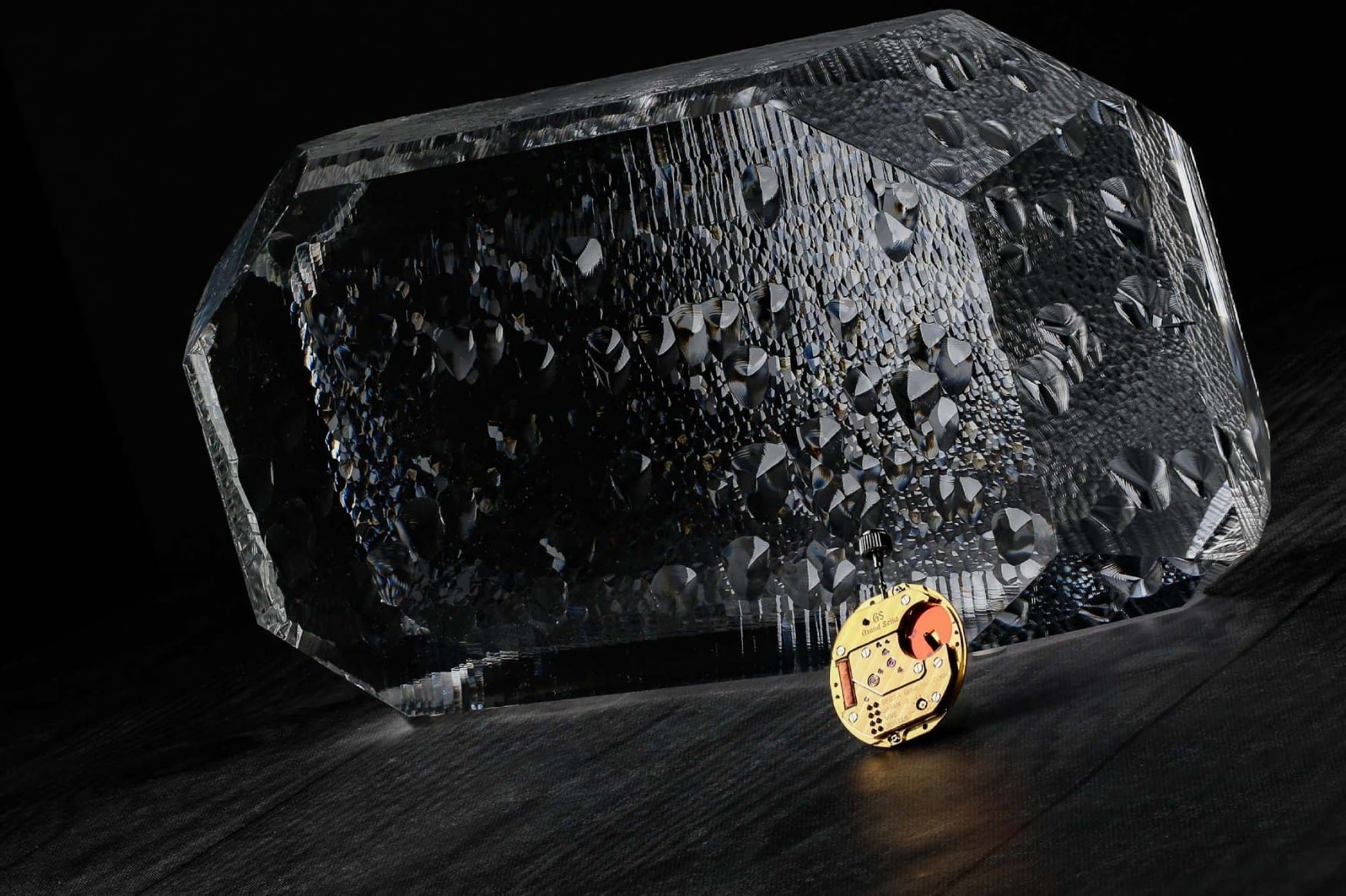
So, what can be considered in-house? Is it only Seiko, who grow their very own quartz crystals on top of manufacturing all the other components? Does buying hairsprings, which are only produced in a handful of factories, disqualify the movement from being in-house? Truth be told, I couldn’t care less what you call these movements. Brands educating their customers by being completely transparent about the origins of their design, manufacturing, assembly and suppliers is the way it should be. But we don’t live in a perfect world, so I can only implore you, dear reader, to delve deeper into the rabbit hole and educate yourself.




